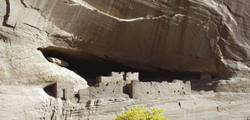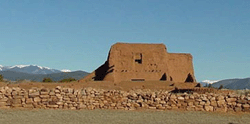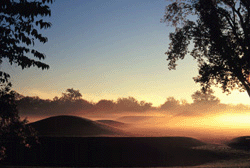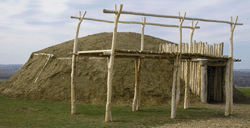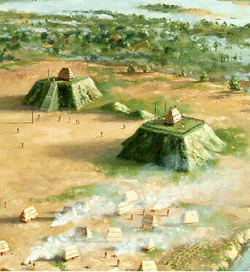This course explores the archaeology of North America, spanning the period from early settlement by native peoples at the end of the last Ice Age to the eve of European contact some 500 years ago. Whatever the precise dates of early human settlement, early Native Americans spread quite widely and rapidly across the diverse environments they encountered in the North American landscape. Native North American peoples experienced considerable change—including cultural and environmental changes—during the 12,000 to 15,000 years (or from 500 to 600 human generations) between early colonization of the Americas and European contact. This long history of settlement and adaptation led to the diversity of Native American peoples and ways of life that Europeans encountered when they began exploring and colonizing the Americas. This “New World” was settled, of course, by the ancestors of recent and contemporary native peoples, although the First Americans settled the New World relatively recently when compared to the much longer evolutionary history of humankind. The North American cultural landscape at European contact included Mississippian mound centers and towns in the Southeast, adobe architecture and Puebloan villages in the Southwest, earthlodge villages of the Plains, longhouse villages in the Northeast, semisedentary and seasonal villages of hunters and gatherers in the Arctic, hierarchical chiefdoms supported by the maritime resources and landscapes along the Pacific Coast, and seasonal settlements of foragers and farmers in the arid lands of the American West. Some major topics of interest to North American archaeologists include the nature and timing of early human settlement and adaptation to new environments in the New World, shifts from foraging to farming and from mobile to sedentary or semisedentary settlement patterns, the development of complex village-level and chiefdom-level societies, patterns and practices of trade and exchange, and technical innovations and changes in architecture, containers, weaponry, and storage. |
